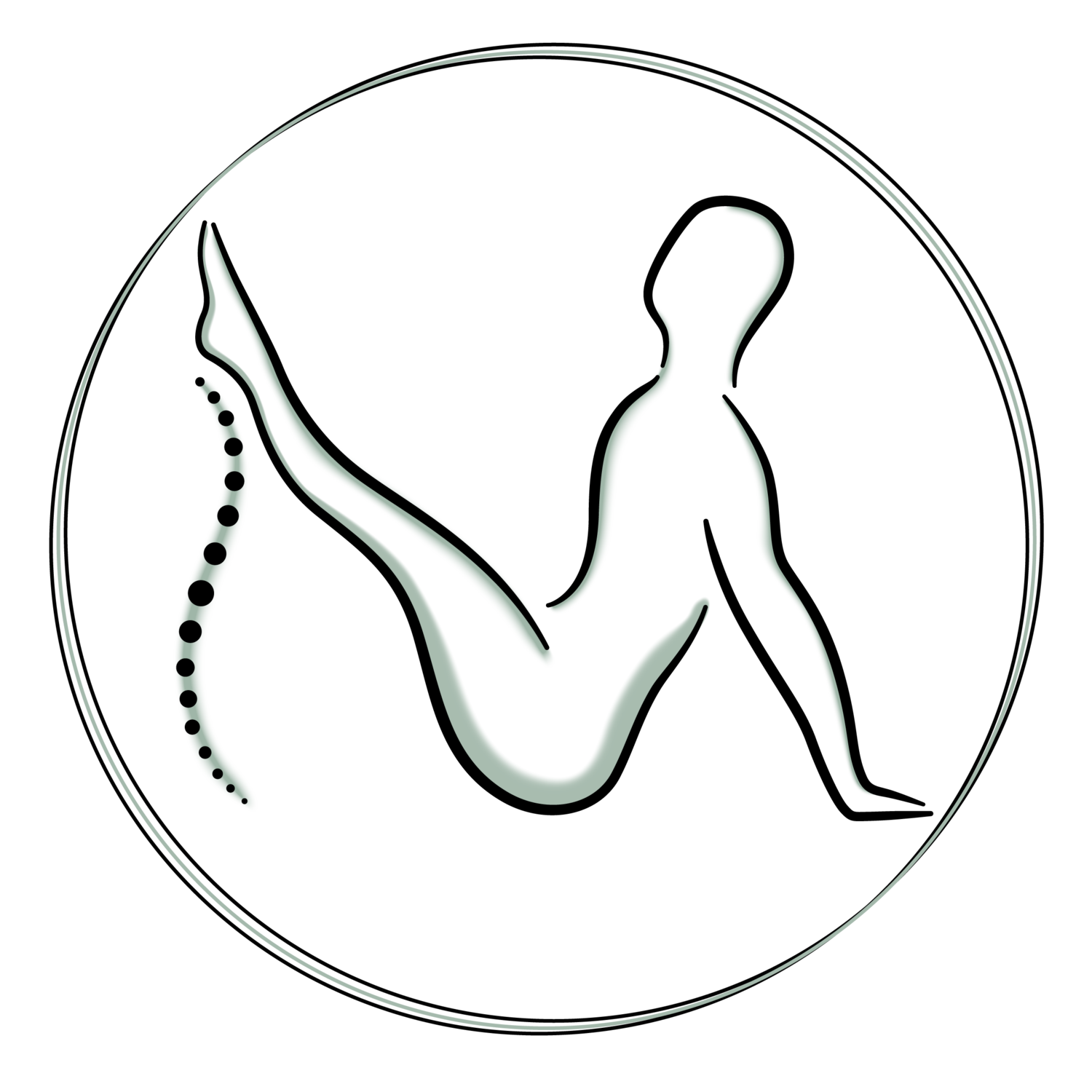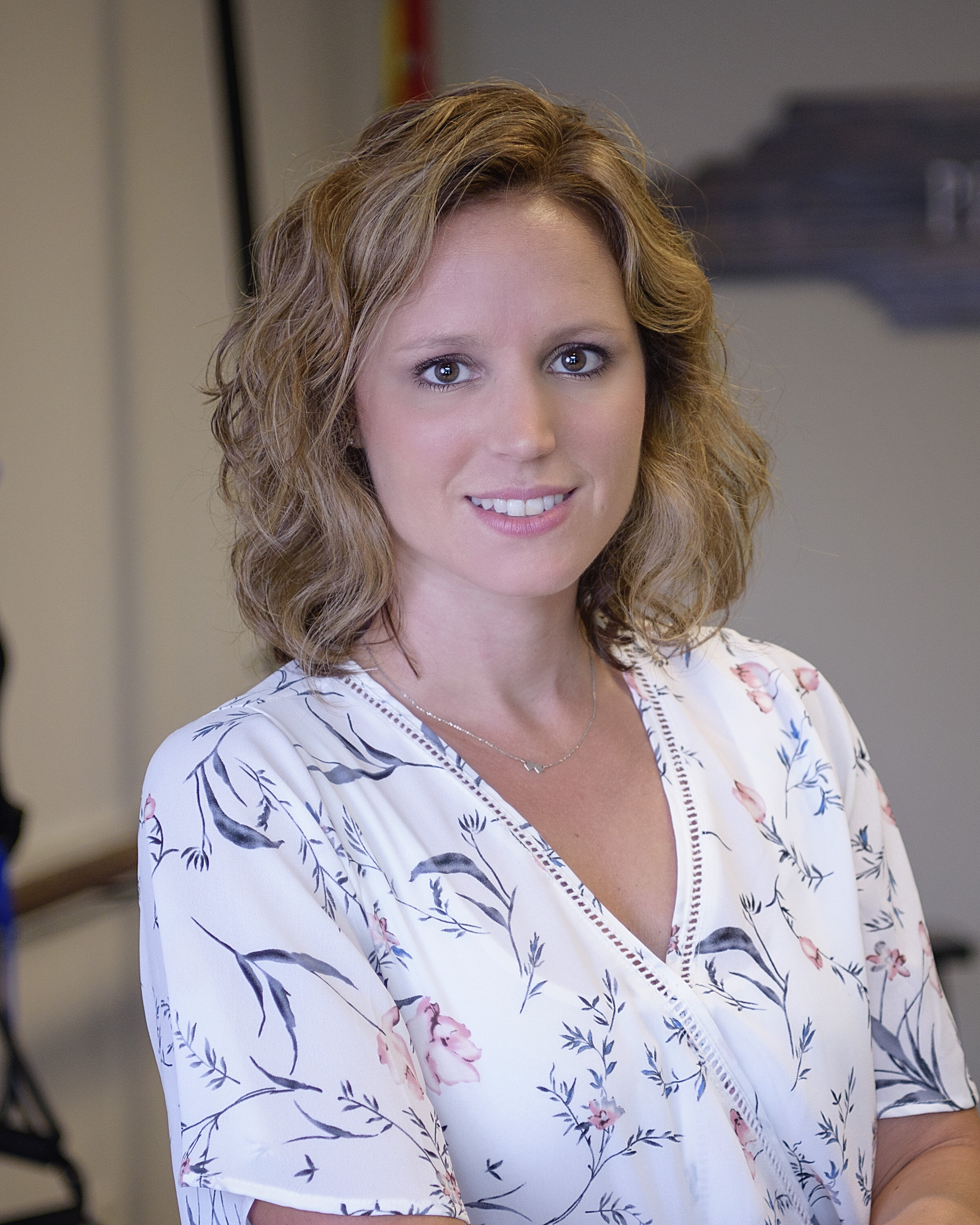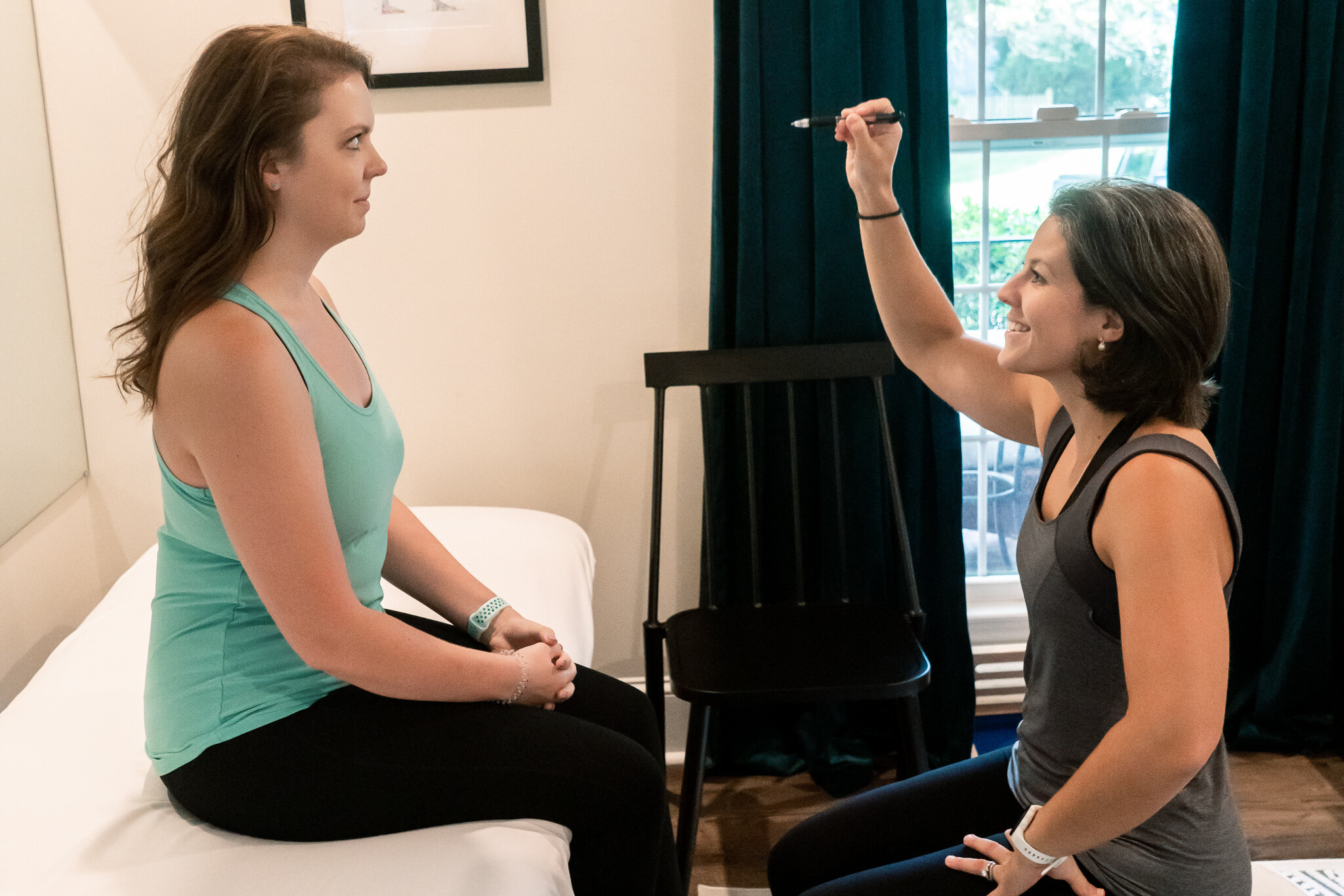🎶 You Spin me Right Round: Vertigo, Dizziness, & More!
Our fourth feature for National Physical Therapy Month is highlighting the Physical Therapy Speciality of Vestibular Pathology! Read on as Dr. Vaughan co-owner of PhysioFit of NC shares her expertise.
Dr. Danielle Vaughan, DPT, Vestibular & Women’s Health Specialist
I discovered my interest in vestibular therapy while in physical therapy school, and quickly started pursuing extra education in vestibular rehab after graduating. I’ve now been practicing for over 10 years and had the opportunity to develop vestibular programs, and teach alongside my husband a Cervicogenic Dizziness course educating other professionals on diagnosis and treatment of these conditions. Vestibular conditions are not new; however, we have learned a great deal about how to treat this population and it’s growing within our profession.
Some studies indicate 35% of people over the age of 40 experience dizziness. In my clinical experience I have found many individuals have dealt with dizziness or vertigo for years, and have struggled to find relief with medication. Surgical intervention is not typically warranted in this population, and vestibular rehab can be an excellent option for these patients. With appropriate exercises and education, therapy can reduce symptoms, improve activity tolerance, and make a great impact on quality of life.
What are some common vestibular diagnoses?
BPPV, benign paroxysmal positional vertigo, is one of the most common causes of dizziness. This is what is commonly known as “vertigo”, although this term is used in various conditions. BPPV is the sudden sensation of spinning, typically with changes in position (rolling over, looking up or bending over). This is caused by displacement of otoconia or “crystals” within the inner ear. Although this can be extremely scary, it’s benign and can be treated with appropriate diagnosis and repositioning maneuvers. At PhysioFit of North Carolina we use infrared goggles from Vestibular First which can help us determine which ear, canal (there are 3) and type that’s involved. From this information, we do various maneuvers that utilize gravity and reposition the otoconia within the inner ear.
Vestibular neuritis is another common condition seen for vestibular rehab. This is a condition when there is an injury to the vestibular nerve, causing dizziness. In some cases this can be very severe, especially within the first 1-3 days and some will be hospitalized. Due to the injury, which is usually on one side, there is a change in the input to the brain from the inner ear which results in dizziness. This is another group that do extremely well with therapy, and essentially are “recalibrating” their inner ear and surrounding systems.
Vestibular migraines and concussions are other subgroups commonly seen for vestibular rehab. Both of these groups present differently and require extensive examinations, looking at multiple systems. Vestibular rehab includes training of all systems involved – inner ear, eyes, brain, balance, etc. and how they communicate together.
Dizziness can be a scary symptom and can be serious. Our medical community does a great job in ruling in/out some of the serious conditions such as a stroke, tumors, etc. However, there is a large group of individuals who are able to rule out these conditions, but then are left with unanswered questions and therefore a limited idea on what to do from there. Vestibular rehab is a conservative treatment option that has been shown in research and clinically to reduce symptoms and restore mobility. It’s a way to actively regain control, and just like anything that’s working towards correcting the underlying issue vs covering it up, it takes some time. I make sure my patients know that in order to see the best results it requires commitment. Neuroplastic changes occur with repetition and progression. As the therapist I serve as a guide, providing exercises based off our exam, how to dose and progress.
My advice would be don’t give up hope. Finding the right team including a therapist that has been trained in vestibular rehab and is someone you can connect with is important. Resources such as VEDA can help connect you with other’s who are experiencing similar symptoms and professionals that can help guide you during this time. You are never alone.
Want to hear more from Dr. Vaughan and learn more about the vestibular system? Check out this podcast featuring her here or below.
Meaningful Movement & Vestibular Therapy
Guess what? Yours truly is also a vestibular specialist! Vestibular pathology and expanding into concussion is one of my passions! Unfortunately some struggle for months and sometimes even years trying to find answers from other medical providers who are aware of dizziness and concussion but don’t understand the complexities of the vestibular system. I have lost count with how many patients who have said “everyone says it’s in my head” or “I feel crazy” or “you are the first person to truly understand what’s going on.” So, one of the purposes of this article to to raise awareness that there is help out there for you and that finding a Physical Therapist skilled in treating Vestibular at the initiation of your care can be the gateway to your path to wellness. Your case may be simple or it may be multifactorial but we can help determine that with our assessment.
The inner ear or vestibular system is such a tiny part of our anatomy but it is so powerful. It works with other systems to help keep us balanced and to give our brain input about what direction our body is moving. It’s neural pathways closely run with other pathways that control things like nausea and sweating. If there is vestibular pathology or things are working correctly the symptoms experienced can be fairly frightening!
Vestibular specific treatment strategies can include but not limited to:
Canalith Repositioning Maneuvers. Some have heard of the Epley but it can be more than that. The direction of your nystagmus helps us determine which inner ear, which canal as well as other factors imperative for successful treatment
Habituation. Just like stressing a muscle to make it stronger, you can strengthen the vestibular system with repeated exposure. These exercises aren’t fun but just as Dr. Vaughan mentioned, commitment is key to facilitate neuroplastic change (to decrease or resolve your dizziness).
Oculomotor training. Your eyes are the window to the vestibular system. Depending on your diagnosis, your treatment may involve training of the oculomotor system.
Cervical spine treatment. Treatment may include manual therapy, strengthening/stabilization, and proprioceptive training. This is especially true of the concussion population when some type of trauma has occurred.
Balance training. Imbalance, feeling off or a sensation of swaying or rocking, and falls can occur with vestibular pathology so of course we want to address this as well!
Not local to Charlotte or Wake Forest? Check out vestibular resources on VEDA and find your vestibular provider here 👈
If you are a vestibular provider and looking for some great resources for cervical sensorimotor training using visual feedback and for “obligatory outcome measures”🤣 Check out the resources Dr. Danielle and Harrison Vaughan have provided here👈






